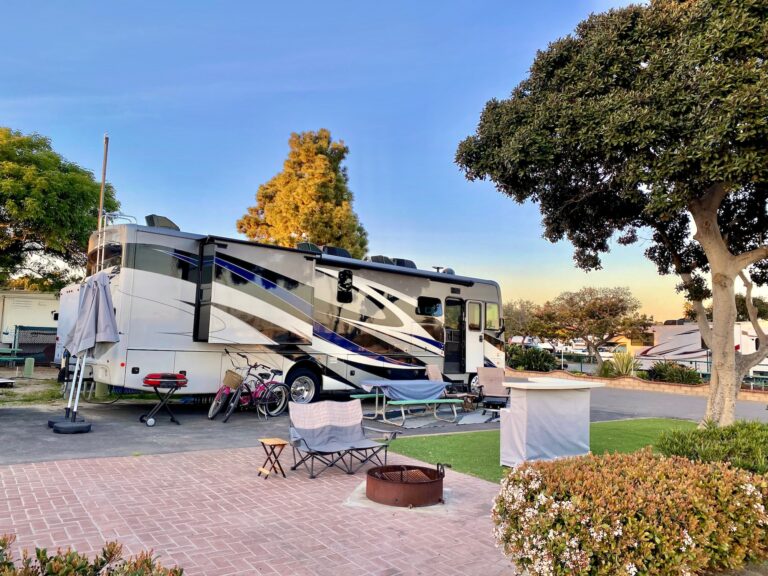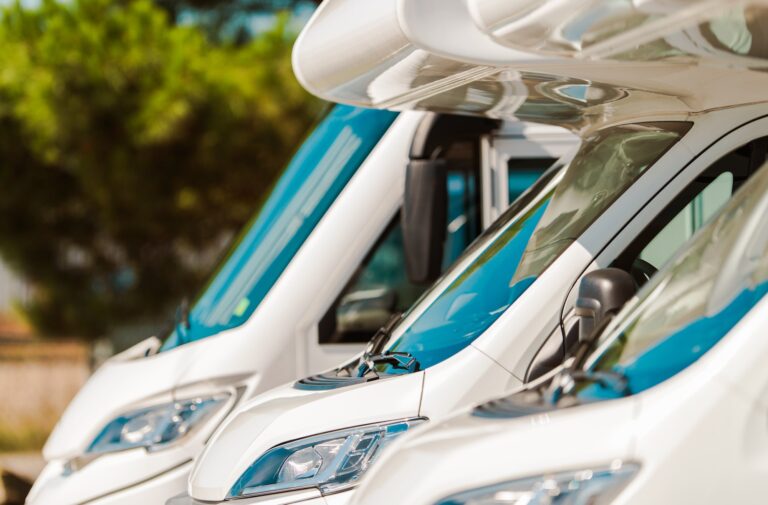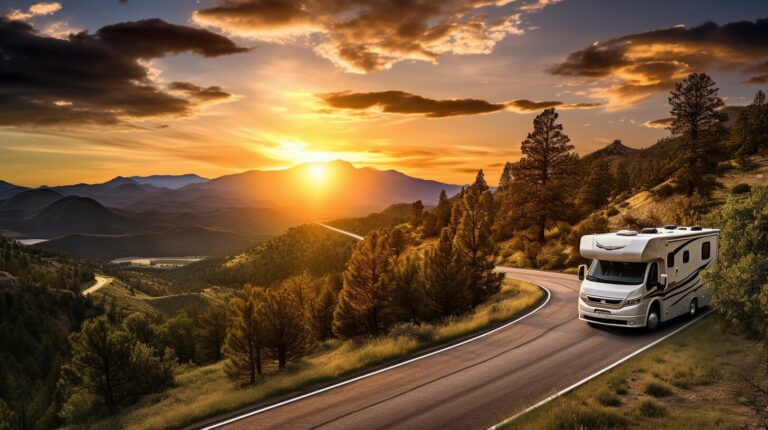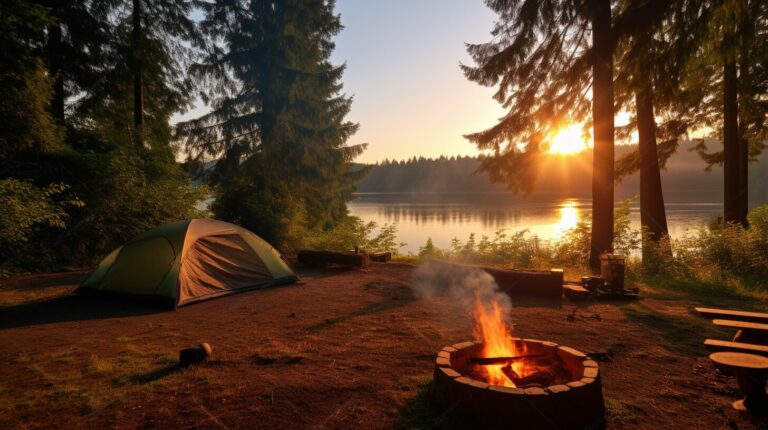Traveling and living in an RV can be an exciting and rewarding experience, but it also comes with its own set of challenges, especially when it comes to managing water, waste, and hygiene. In this comprehensive guide, we’ll share essential RV bathroom tips for newbies, covering everything from conserving water and maintaining your RV’s plumbing systems to keeping your bathroom clean and well-stocked. With these tips, you’ll be prepared to handle any bathroom-related challenges that arise while on the road.
1. Understanding Your RV’s Bathroom Systems
Before we dive into specific tips and tricks, it’s important for new RVers to understand the basics of their RV’s bathroom systems. Here are the primary components you’ll need to familiarize yourself with:
- Freshwater system: This system provides clean water for drinking, cooking, and bathing. The water is stored in a freshwater tank and is supplied to various faucets and fixtures via a water pump.
- Gray water system: This system collects used water from sinks and showers. The gray water is stored in a separate tank and must be periodically emptied at a designated dump station.
- Black water system: This system collects waste and toilet paper from the toilet. The black water is stored in yet another separate tank and must also be emptied at a designated dump station.
- Water heater: Most RVs are equipped with a water heater that provides hot water for showers and other uses. The water heater typically runs on propane, electricity, or a combination of both.
2. Water Conservation Tips
Freshwater is a precious resource when traveling in an RV, so it’s essential to practice water conservation. Here are some tips for reducing your water usage:
- Use a low-flow showerhead: Replace your RV’s standard showerhead with a low-flow model to reduce water consumption during showers.
- Take navy showers: Turn off the water while you lather up with soap, then turn it back on to rinse off. This can save a significant amount of water compared to a traditional shower.
- Reuse gray water: Collect gray water from sinks and showers in a separate container, then use it to flush the toilet or clean the exterior of your RV.
- Limit faucet usage: Turn off the faucet while brushing your teeth or washing dishes. Use a spray bottle filled with water for rinsing dishes instead of running water.
- Monitor your water levels: Regularly check your RV’s freshwater and waste tank levels to ensure you have enough water and to avoid overfilling your tanks.
3. Waste Management and Tank Maintenance
Proper waste management and tank maintenance are crucial for keeping your RV’s bathroom systems functioning smoothly. Follow these tips:
- Use RV-friendly toilet paper: Only use toilet paper that is specifically designed for RV use, as it breaks down more easily in your black water tank.
- Use tank treatment products: Add a tank treatment product to your black and gray water tanks to break down waste, control odors, and maintain the health of your tank sensors.
- Empty your tanks regularly: Make a habit of emptying your black and gray water tanks at designated dump stations. Always empty the black water tank first, followed by the gray water tank to help flush out any remaining waste in the sewer hose.
- Flush your tanks: Periodically flush your black and gray water tanks with fresh water to remove any buildup and keep your sensors clean.
- Check tank valves and seals: Inspect the dump valves and seals on your black and gray water tanks for signs of wear or damage, and replace them as needed.
4. Keeping Your RV Bathroom Clean and Fresh
Maintaining a clean and fresh-smelling bathroom is essential for a comfortable and enjoyable RV experience. Here are some tips for keeping your RV bathroom in tip-top shape:
- Clean surfaces regularly: Wipe down countertops, sinks, faucets, and other surfaces with a mild cleaner and a microfiber cloth.
- Scrub the toilet: Use a toilet brush and RV-safe toilet cleaner to scrub the bowl and keep your toilet looking and smelling fresh.
- Clean the shower: Regularly clean the shower walls, floor, and fixtures with a mild cleaner and a scrub brush or sponge.
- Ventilate the bathroom: Open the bathroom window or turn on the vent fan while using the bathroom to help reduce humidity and odors.
- Use air fresheners: Place an air freshener or a small container of baking soda in the bathroom to help neutralize odors.
5. Stocking Your RV Bathroom with Essentials
Having the right supplies onhand is key to a well-functioning RV bathroom. Here are some must-have items to keep stocked in your bathroom:
- RV-friendly toilet paper: As mentioned earlier, only use toilet paper that is specifically designed for RV use to prevent clogs and sensor issues.
- Toilet brush and cleaner: Keep a toilet brush and RV-safe toilet cleaner on hand for regular cleaning.
- Hand soap and towels: Provide hand soap and clean towels near the sink for handwashing.
- Shampoo, conditioner, and body wash: Store travel-sized bottles of your favorite hair and body care products in the shower.
- First aid kit: Keep a well-stocked first aid kit in the bathroom in case of emergencies.
6. Staying Hygienic on the Road
Maintaining personal hygiene while traveling in an RV can be a challenge, especially when water is limited. Here are some tips for staying clean and healthy:
- Shower regularly: Even if you’re conserving water by taking navy showers, make an effort to bathe regularly to stay fresh and clean.
- Wash your hands: Wash your hands frequently with soap and water, particularly before preparing food and after using the bathroom.
- Brush your teeth: Brush your teeth at least twice a day to maintain good oral hygiene.
- Keep laundry separate: Designate a specific area or bag for dirty clothes and linens to prevent them from contaminating other areas of your RV.
- Use sanitizing wipes: Keep a supply of sanitizing wipes on hand for quick cleanups and to disinfect surfaces as needed.
7. Troubleshooting Common RV Bathroom Issues
Even with careful maintenance, you may encounter some common RV bathroom issues. Here are some tips for troubleshooting and fixing these problems:
- Clogged toilet: If your toilet becomes clogged, first try using a toilet plunger to dislodge the obstruction. If that doesn’t work, you may need to use a specialized RV toilet auger to reach and remove the clog.
- Foul odors: Persistent odors in your RV bathroom may be a sign that your black or gray water tanks need to be emptied or flushed. Check your tank levels and address any issues as necessary. You can also try adding more tank treatment products or using an enzyme-based odor eliminator.
- Water leaks: If you notice water pooling around your bathroom fixtures, check for leaks in the plumbing connections, valves, and seals. Tighten any loose connections and replace any damaged components as needed.
- Slow drains: Slow-draining sinks or showers may be caused by hair or debris buildup in the drain. Use a drain snake or a specialized hair-catching tool to remove the obstruction.
- Malfunctioning water heater: If you’re not getting hot water, first check that your water heater is properly powered (either by propane or electricity) and that the pilot light is lit. If you’re still having issues, consult your water heater’s user manual or contact a professional for assistance.
In conclusion, managing water, waste, and hygiene on the road in an RV can be challenging, but with the right knowledge and preparation, you can overcome these obstacles and enjoy a comfortable, clean, and well-functioning bathroom. By familiarizing yourself with your RV’s bathroom systems, conserving water, maintaining your tanks, keeping your bathroom clean and well-stocked, and staying hygienic on the road, you’ll be well-equipped to handle any bathroom-related challenges that come your way. Happy RVing!






